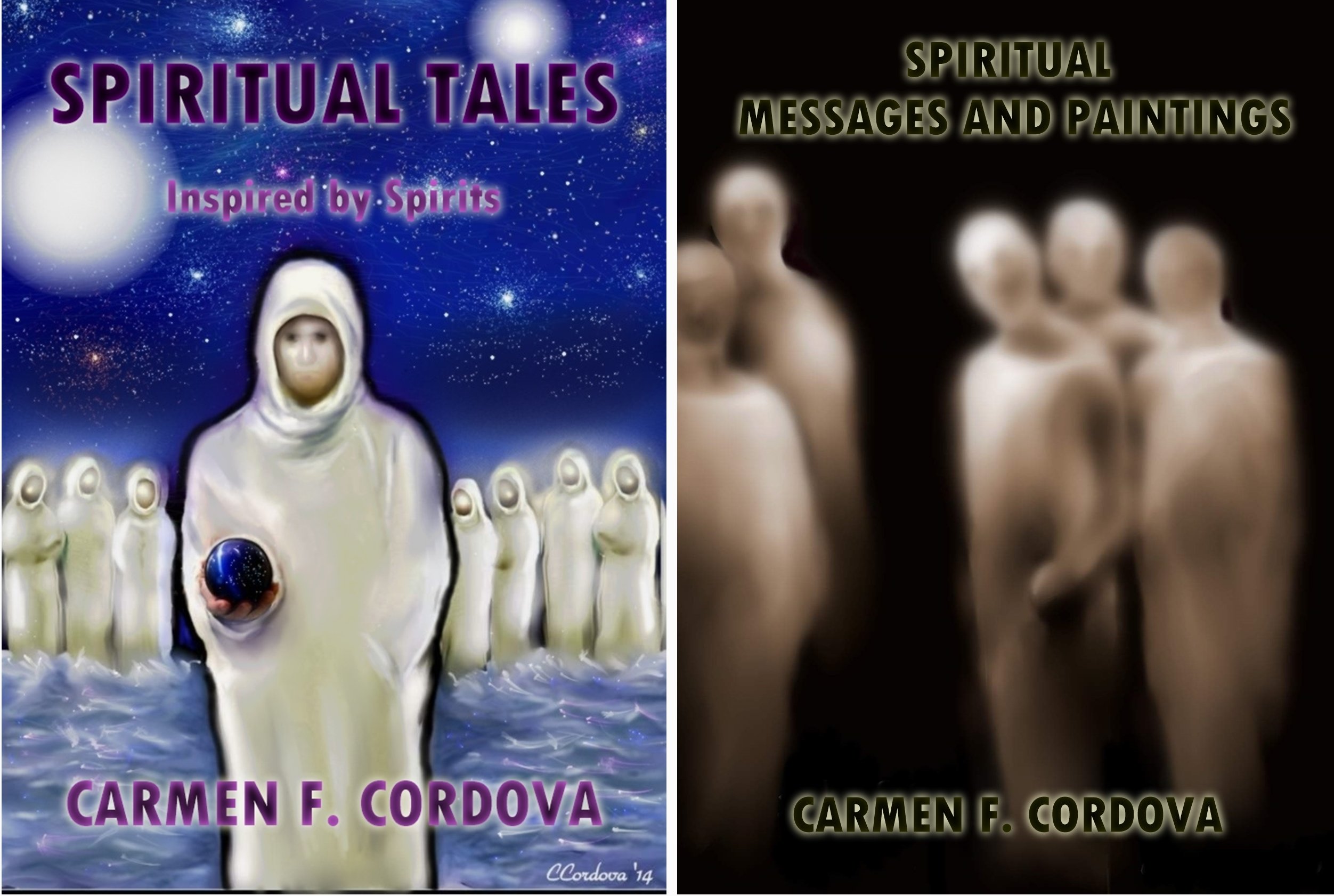What is an Aura ?
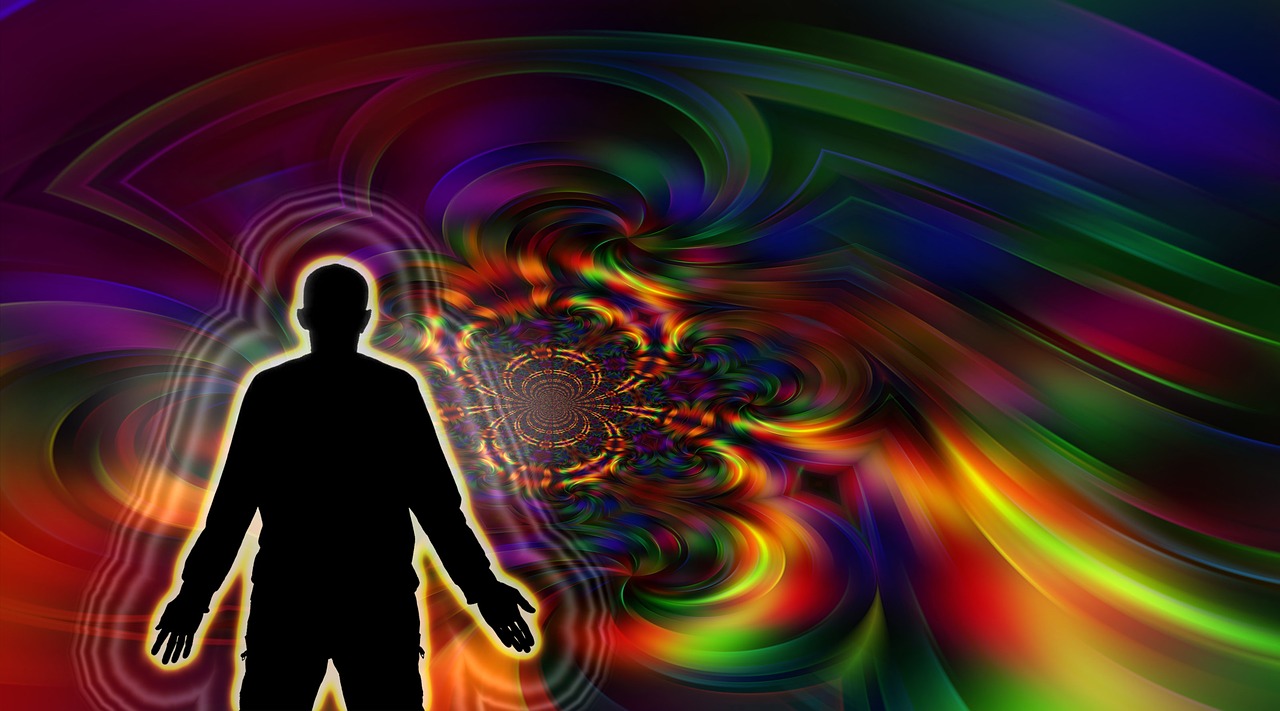 Aura Colours and celestial aura plane Artwork by Doreen Kinistino
Aura Colours and celestial aura plane Artwork by Doreen KinistinoWhat is an Aura ?
Exploring the Intriguing Colors and Layers of Energy Surrounding Us
This article, titled "What is an Aura," is an introductory guide to understanding the layers and colors of an aura. It explores their meanings while addressing the spiritual beliefs surrounding auras, the skepticism regarding their existence, and their link to the chakras. Additionally, we will offer insights into how you can perceive and interpret auras, providing a glimpse into potential untapped aspects of your being.
Defining an Aura:
The Energy Field Surrounding Living Beings
An aura is commonly described as a radiant energy field that surrounds the entire body. This field consists of a vibrant spectrum of colors that reflect our emotional and spiritual state. The aura has seven layers, each influencing our mental, emotional, physical, and spiritual well-being. Each layer has a specific vibration, with the layer that is farthest from the body vibrating at the highest frequency. When the layers are harmonious, they work together to maintain balance in the individual's behavior and health. However, when any of these layers are not in equilibrium, it affects the others and causes an imbalance in the person. By understanding these aura layers, we can better understand our feelings and emotions.
Our emotions, thoughts, and experiences significantly influence a person's aura, affecting brightness and strength. Have you ever noticed how some individuals radiate positivity, lifting the mood simply by being present? This could be due to their vibrant and powerful aura reflecting their positive thoughts and emotions.
On the other hand, negative thoughts and emotions could lead to a weak or dissipated aura. The colors of the aura, apparent through the diverse layers of our energy field, interact to depict our emotional state and personality traits, making each aura as unique as the individual it surrounds.
Some literature states that an aura radiates from the body, "approximately 2-3 feet on all sides; and extends above the head and below the feet into the ground."
Edgar Cayce, a well-known American psychic, possessed many psychic abilities, one of which was the ability to see auras. From early on, he would see auras, in various colors, around people. He described it as “gently pouring from their heads and shoulders.”
Significance of Aura Colors and Their Meanings
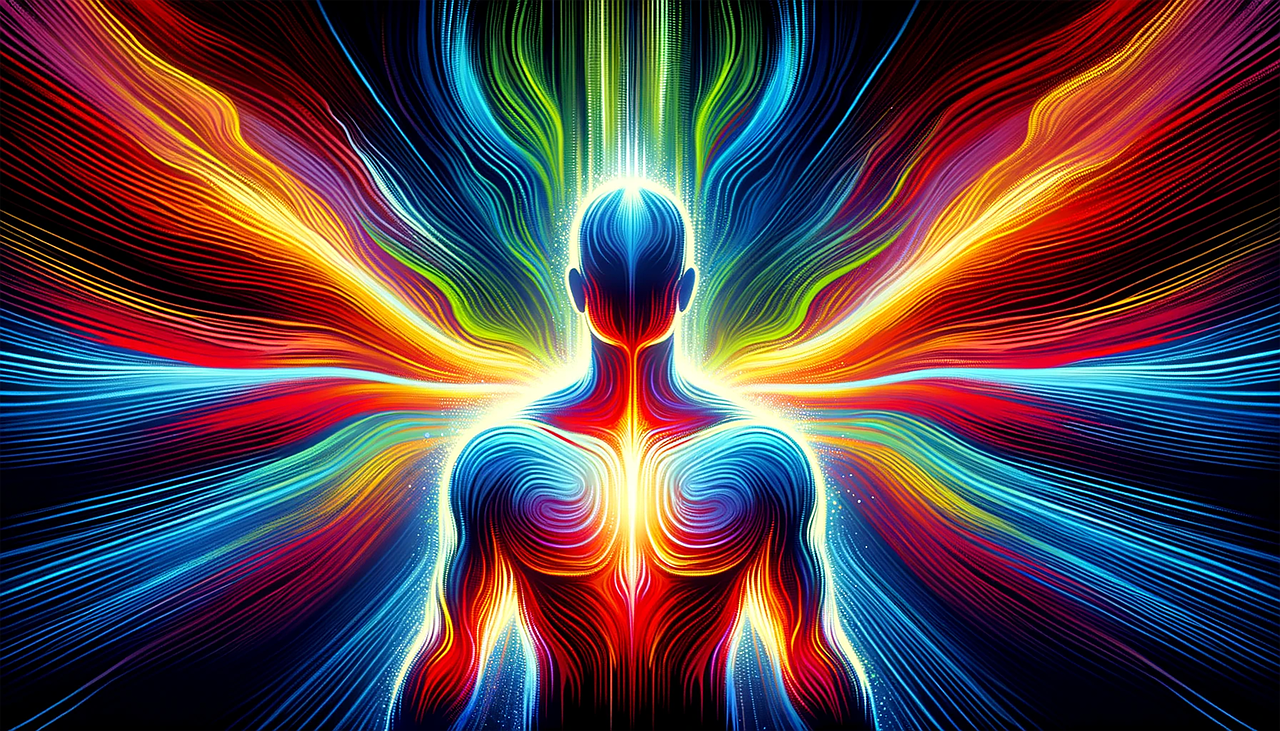 aura colours and energy centres Artwork by dlsdkcgl
aura colours and energy centres Artwork by dlsdkcglHaving understood what an aura is, we can now probe further into the importance of aura colors. Each color of the aura is like a puzzle piece, contributing to the bigger picture of an individual’s emotional, mental, and spiritual state. Some examples of aura colors and their meanings include:
- Blue aura: tranquility and calmness
- Red aura: passion and energy
- Green aura: love for nature and growth
- Yellow aura: cheerful and optimistic persona
Understanding aura colors can provide valuable insights into a person’s personality and state of being.
We shall now delve into understanding these fascinating colors and what they signify.
Common Aura Colors and Their Interpretations
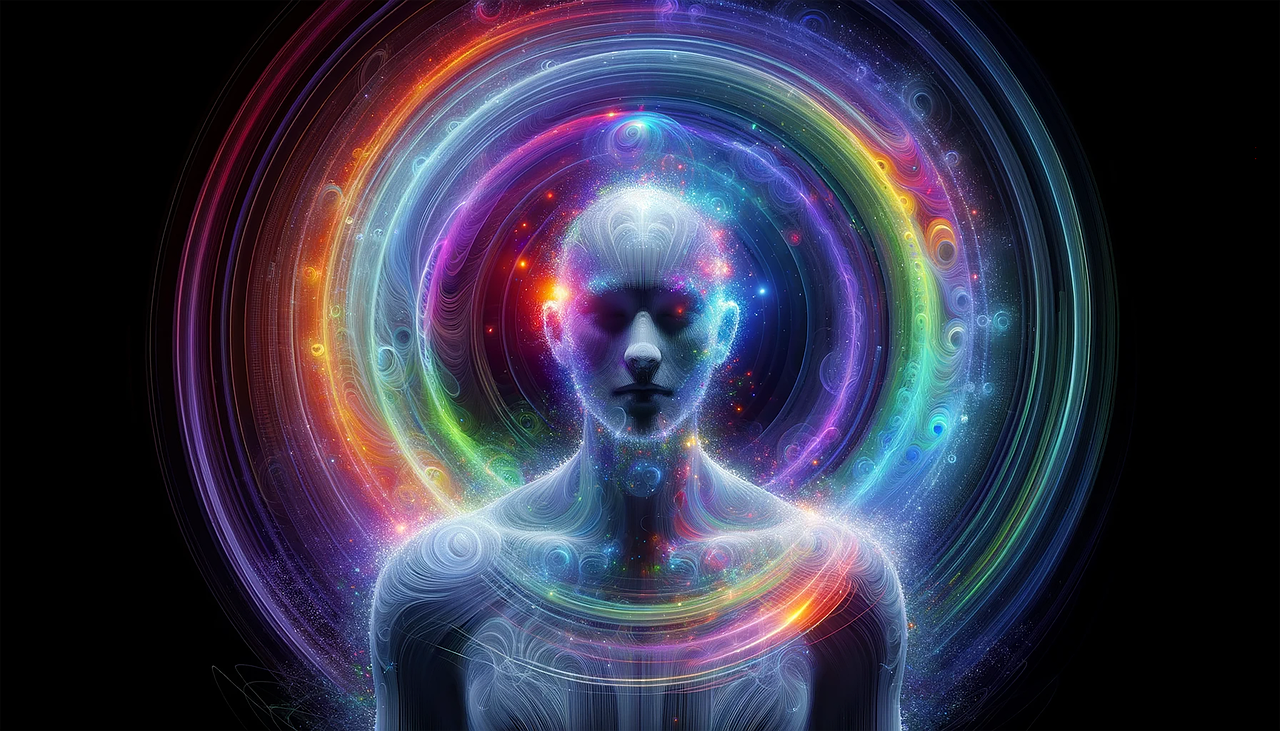 Own Aura and spiritual gifts artwork by dlsdkcgl
Own Aura and spiritual gifts artwork by dlsdkcglCommon aura colors include red, orange, yellow, green, blue, and violet, each representing different facets of a person’s energy and personality. Imagine the aura as an artist’s palette, with each color conveying a unique emotional tone. A red aura, for instance, signifies a person who exhibits fiery, fearless, grounded, and passionate traits, driven to make the most out of life. They are the people who approach life with gusto, their energy palpable, their enthusiasm infectious.
On the other hand, a yellow aura in energy reading is interpreted as a sign of:
- optimism
- confidence
- joy
- freedom
People with a yellow aura are like the sun, radiating warmth and positivity, their presence uplifting the mood of those around them.
Then, we have the green aura color, signifying a profound love for nature and a harmonious balance with the universe. Individuals with a green aura tend to be calm, compassionate, and nurturing, their energy soothing and comforting. Their aura is like a serene forest, resonating with tranquility and peace.
Rare and Multicolored Auras
While common aura colors offer fascinating insights into an individual’s personality and emotional state, rare and multicolored auras take this intrigue to another level. Some examples of rare and multicolored auras include:
- Lighter pink: tenderness and compassion
- Purple: spirituality and intuition
- Magenta: revolution and inspiration
- White: purity and integrity
- Gold: strength and self-care
- Indigo: advanced spiritual development
- Violet: passion and creativity
These colors signify a variety of qualities and can provide a deeper understanding of a person’s energy and aura.
A multicolored aura often signifies:
- That the individual is undergoing a significant change or energy shift.
- The presence of potent, positive energy.
- The individual may have paranormal abilities.
- The individual may be experiencing enlightenment.
A multicolored aura is like a vibrant rainbow, reflecting the diverse facets of the individual’s personality and energy.
Rare and multicolored auras demonstrate complex personalities by exhibiting characteristics such as confidence, openness to new ideas, and overall contentment within an individual. So, the next time you encounter someone with a multicolored aura, remember, you are in the presence of a vibrant, dynamic personality, an individual whose energy is constantly evolving and transforming.
Edgar Cayce's Interpretations of Aura Colors
Edgar Cayce, a well-known American psychic, had the ability to see auras. From early on, he would see auras in various colors around people. He described it as “gently pouring from their heads and shoulders.”
There are various aura colors. Each color has a different meaning. Below is a brief description of some of the aura colors.
This information was gathered from Edgar Cayce’s book called Auras, and The-Auras-Expert.com.
Red represents life force, vigor, energy, and nervous tension.
Dark Red= high temper and nervous turmoil. A person with a dark red aura tends to be controlling and impulsive.
Light Red= nervous, active, and self-centered.
Scarlet= super-ego.
Pink= immaturity.
Orange represents thoughtfulness and creativity. A person with an orange color aura has a tendency to suffer from kidney problems.
Golden Orange=self-control
Brownish Orange=lack ambition and motivation.
Yellow represents good health, well-being, positive attitude, and mental alertness.
Ruddy Yellow=timid.
Green represents healing and peace.
Green with a dash of blue=helpful and trustworthy.
Yellow Green= deceitful
Blue represents spirit, heaven, and prayer. The deeper the blue, the better.
Pale Blue=struggle towards maturity. “The person may not be talented, but he tries. He will have many heartaches and headaches, but he will keep going in the right direction” (Aura by Edgar Cayce).
Aqua Blue=hard worker, gets a lot done.
Deep Blue=moody, spiritual-minded, freethinkers, unselfish and caring. “They have a mission, and they steadfastly go about fulfilling it”
Violet represents wisdom. Individuals with this color in their aura tend to be seekers. In addition, they have a tendency to experience heart and stomach problems.
White is the color of perfect balance. We all strive for this color. “If our souls were in perfect balance, then all our color vibrations would blend, and we would have an aura of pure white. Christ had this aura.”
Black is the color of death, negative energies, depression, unresolved karma and lack of forgiveness.
The Seven Layers of an Aura: Understanding Each Plane
Just as our physical form comprises multiple layers, from the skin to the muscles, bones, and organs, our aura too is composed of various layers, each corresponding to different aspects of our life. The layers of the aura include:
- Etheric Layer: Represents our physical body.
- Emotional Layer: Related to our emotions.
- Mental Layer: Linked with our mental processes.
- Astral Layer: Associated with our spiritual well-being.
- Etheric Template: Connected to our psychic abilities.
- Celestial Layer: Tied to our dreams.
- Ketheric or Causal Layer: Pertaining to life path guidance.
Each layer of the aura offers unique insights into our overall well-being.
The layers of an aura can impact our physical health through their interactions with each other and with the surrounding energy. For instance, the Etheric Layer, being in close proximity to the physical body, is directly linked to the health of our muscles, tissues, and bones. The condition of these layers can manifest as visible effects such as emotional lows or physical tiredness.
Aura layers, depicted through a range of colors, serve as a visual representation of our emotional intricacies. The colors of our aura can change in accordance with our mood, appearing vivid during positive or joyful moments, and appearing subdued or distorted during periods of emotional distress or upheaval. So, understanding the layers of our aura is like peeling back the layers of an onion, each layer revealing deeper insights into our emotional, mental, and physical health.
Seven Layers of Aura and Seven Main Chakras
According to Google Search, the seven main chakras are linked with seven layers of the aura, with each layer corresponding to a specific chakra and its energy. The chakras are energy centers believed to influence energy flow within the aura.
Below is a chart that illustrates the connection between the chakras and the layers of the aura:
- Root Chakra:** Linked to the etheric body, corresponding to the first layer of the aura.
- Sacral Chakra: Associated with the emotional body, corresponding to the second layer of the aura.
- Solar Plexus Chakra: Connected to the mental body, corresponding to the third layer of the aura.
- Heart Chakra: Related to the astral body, corresponding to the fourth layer of the aura.
- Throat Chakra: Linked to the etheric template, corresponding to the fifth layer of the aura.
- Third Eye Chakra: Associated with the celestial body, corresponding to the sixth layer of the aura.
- Crown Chakra: Connected to the causal body, corresponding to the seventh layer of the aura.
How to See and Read Auras:
Developing Your Skills
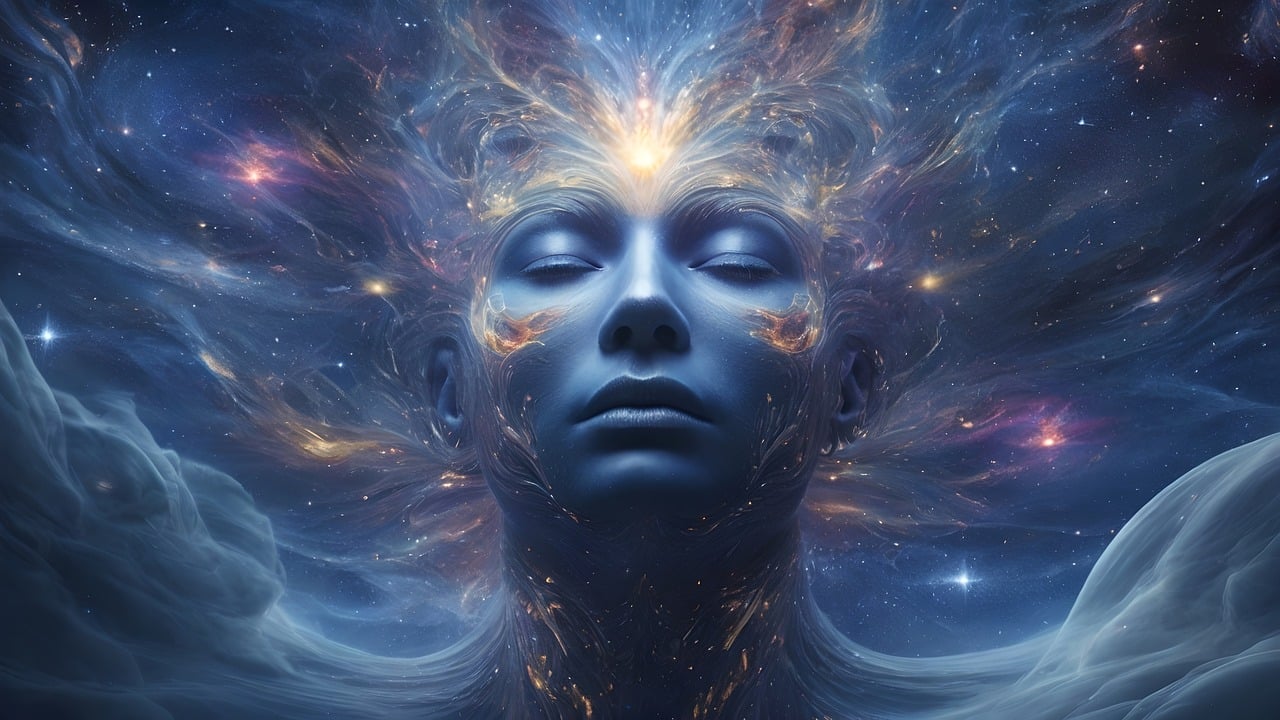 Third Eye -artwork by ThankYouFantasyPictures
Third Eye -artwork by ThankYouFantasyPicturesSeeing and reading auras is like developing a new sense, a skill that requires practice, patience, and guidance. The first step towards this fascinating journey involves:
- Have a partner who can sit against a soft light and a plain dark background.
- Relax the physical body, take deep breaths, and clear your mind.
- Allow your eyes to focus You may observe a blurry or fuzzy line, representing the aura's first layer.
Visualization is instrumental in augmenting the capacity to sense auras. By softening your gaze and focusing on a specific area, such as the space around a person, for a duration of 30 to 60 seconds, you can start visually sensing the energy field that manifests as the aura. It’s like looking beyond the obvious, tuning into the subtle energy that surrounds every living being.
Numerous body focus techniques exist that can aid in aura perception, including:
- Sitting comfortably and connecting with your inner energy.
- Focusing your eyes out of focus when observing someone, noticing a shadowy outline around them.
- Rubbing your index fingers together to start perceiving your own aura.
So, are you ready to embark on this journey of perceiving auras as an aura reader?
Sometimes, aura seeing can happen unexpectedly or automatically. As a child, I often saw a mist kind of substance surrounding certain people's bodies. I had no idea what it was or why it was occurring; I just found it interesting.
Aura Readings
Various techniques can be utilized for performing an aura reading, such as:
- Aura cameras
- Crystals
- Tarot cards
- Energy cleansing techniques
- Drawing auras
- Aura photography
- Pendulums
- Psychic mediums
Each technique offers a unique perspective, enhancing the depth of the aura reading process.
An aura reading can provide a deep understanding of a person’s mental, emotional, physical, and spiritual status, providing a holistic understanding of their overall state of being. The information obtained from an aura reading is typically interpreted by observing patterns, sensing the energy, and identifying areas where the individual may need guidance for personal development or healing. Thus, an aura reading is not just about perceiving the colors of the aura, but also about understanding the profound messages these colors convey.
Science and Spirituality: Are Auras Real?
While the concept of auras has been embraced by spiritual beliefs, with an aura or energy field described as a colored emanation surrounding a human body, animals, or objects, the scientific community has a contrasting viewpoint. From a scientific perspective, there is no empirical evidence supporting the existence of auras as paranormal phenomena, with research explaining auras as visual illusions referred to as afterimages.
Instruments such as Kirlian photography, purported to capture auras, lack empirical evidence and are not acknowledged by the scientific community as credible methods for detecting psychic phenomena. The relationship between science and spirituality in the examination of auras is complex. While spirituality asserts the presence of auras in all living beings, scientific investigations propose that aura detection may be attributed to visual illusions.
Even without a unanimous scientific agreement, the notion of auras continues to captivate and intrigue, offering a unique perspective on understanding individuals' emotional, mental, and spiritual aspects. Whether auras are real or not, the fact that they have been acknowledged and depicted in various cultures throughout history suggests that they hold a special place in our understanding of the human experience.
Benefits of Understanding Your Aura
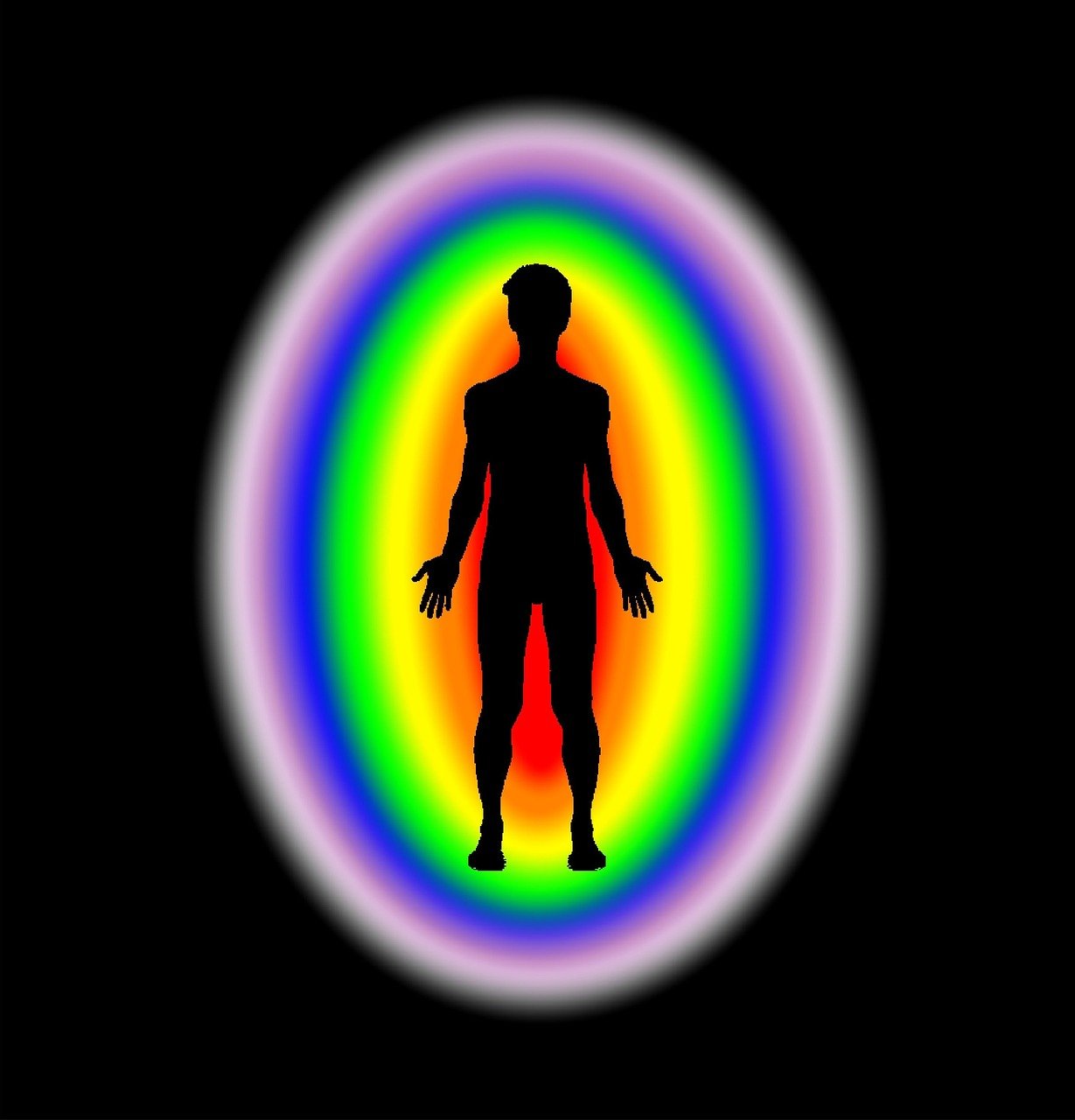 Artwork from sciencefreak
Artwork from sciencefreakComprehending your aura can be seen as reflecting your soul in a mirror, offering profound insights into your personality, emotional state, and potential physical or mental impediments in your energy flow. Comprehending your aura can facilitate the understanding of your personality, emotional state, and any potential physical or mental impediments in your energy flow. It can enable early detection of illnesses or energy blockages, providing a proactive approach to maintaining your mental and physical health.
Comprehending your aura can offer insight into your emotional well-being and assist in emotional regulation. It is believed that the different colors of your aura reflect your emotional and spiritual state. These colors are thought to be a reflection of your internal well-being. A balanced aura can promote a feeling of stability and tranquility, and aligning the aura can bolster positive emotions and alleviate stress.
Moreover, understanding auras can aid in the alleviation of stress or anxiety. Meditation, a component of understanding auras, has been scientifically demonstrated to decrease neural activity associated with anxiety and promote a serene mental state. Thus, understanding your aura is not just about perceiving the colors around you, but also about achieving a deep sense of self-awareness and emotional regulation, promoting overall well-being.
Cleansing and Balancing Your Aura: Techniques and Tips
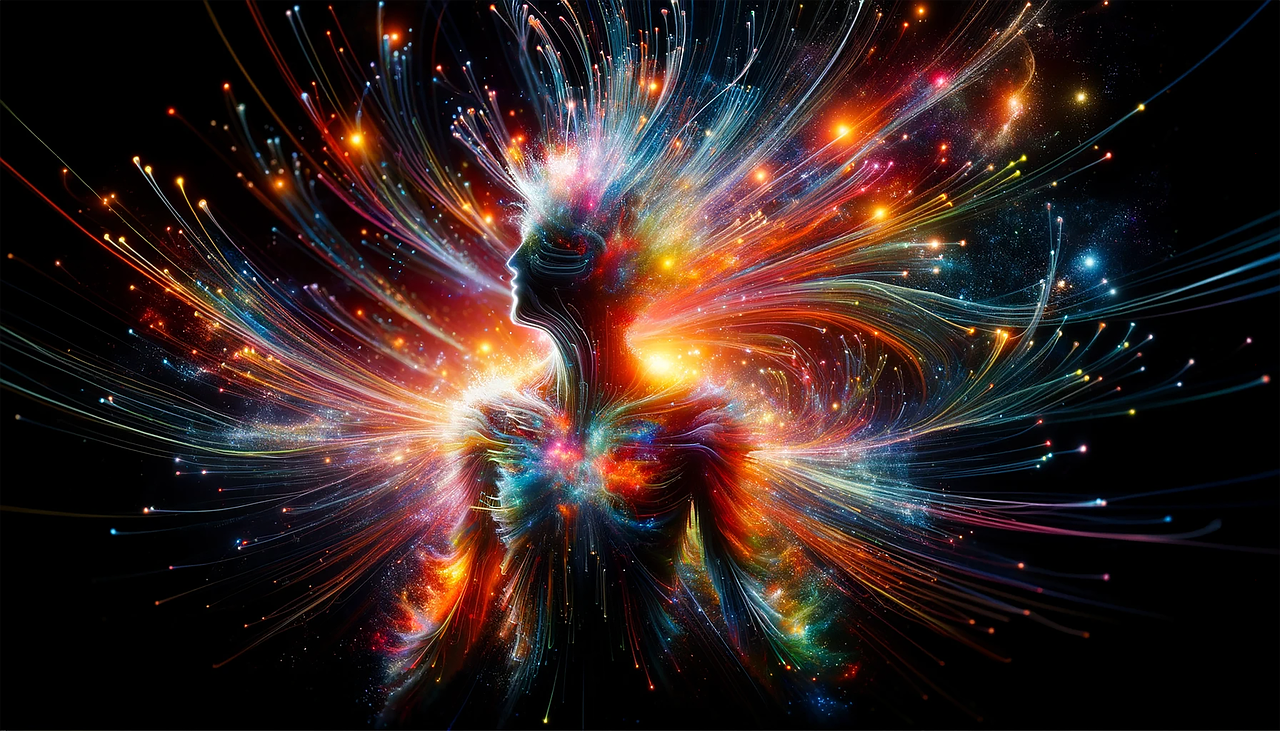 bright lights - Physical health -Artwork by dlsdkcgl
bright lights - Physical health -Artwork by dlsdkcglIn the same way, our physical body requires regular cleansing and balancing for peak health, our aura, too, necessitates routine purification and balance to uphold its vibrancy and power. Techniques for cleansing and balancing your aura include yoga with deep breathing, chakra meditation with grounding and visualization, focusing on the throat chakra, and body scan meditation. Just as a good workout leaves you feeling rejuvenated and invigorated, an aura cleansing and balancing session can leave you feeling emotionally and energetically refreshed.
Sound therapy can also contribute to the purification and equilibrium of an aura by releasing stagnant energy, promoting positive energy flow, and improving the circulation of energy in the biofield. The soothing sounds of singing bowls or tuning forks can cleanse your aura, much like a gentle breeze clears away the clouds to reveal a clear blue sky.
Visualization techniques for sustaining a healthy aura include:
- Cleansing visualization.
- Engaging in solitary self-reflection.
- Grounding oneself in nature.
- Conducting a comprehensive body scan to identify and remedy energy imbalances.
- Seeking guidance from an energy healer for professional energy healing assistance.
Just as we take care of our physical health through a balanced diet and regular exercise, taking care of our emotional and spiritual bodies through these techniques can contribute to our emotional and spiritual health, promoting overall well-being.
Go to Aura Cleansing for more information
Aura Readings
In today’s digital age, we have the convenience of accessing a wide range of services at our fingertips, including aura readings. According to certain individuals, there are online aura readings that offer accurate and reliable services for those seeking insight into their energy field. In the context of an online aura reading, the practitioner or aura reader observes patterns, perceives energy, and discerns areas in which the individual may benefit from support for personal development. Thus, an online aura reading is not just about convenience but also about gaining deep insights into your emotional, mental, and spiritual state.
I cannot currently recommend any online aura reading websites.
However, when selecting an online aura reading service, it is crucial to consider the reputation and experience of the practitioner. It is advisable to seek reviews and testimonials from previous clients. Furthermore, it is recommended to consider utilizing platforms that feature a roster of professional psychics renowned for their authenticity.
When opting for an online aura service reading, it’s of utmost importance to choose a well-regarded and seasoned practitioner and maintain emotional and energetic balance during the reading, as aura readings can reveal any negative energy one may be emitting.
So, as you embark on this journey of aura readings, remember to choose wisely, stay balanced, and open your mind to the profound insights your aura offers.
Summary
Each color and layer of an aura holds a unique significance in the vibrant world of auras, reflecting our emotional, mental, and spiritual states. While the existence of auras may not be scientifically proven, they offer a fascinating perspective on understanding ourselves and others. This exploration can promote self-awareness, emotional regulation, and overall well-being.
From learning how to perceive and interpret auras to understanding the meanings of different aura colors and layers and cleansing and balancing our own aura, the journey into the world of auras opens up a new dimension in comprehending the energy fields surrounding us. Additionally, seeking guidance from a professional spiritual aura reader can further enhance this understanding.
Click below and views more than 600 pieces of spiritual artwork

Spiritual Books
If you enjoy the articles on this website, you will also appreciate the short stories in the books below. Click here and continue the journey.
